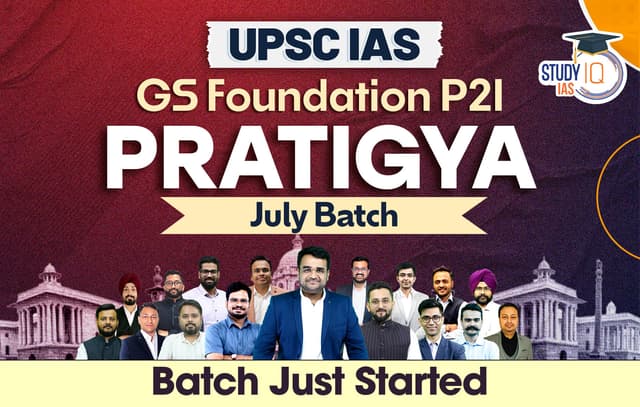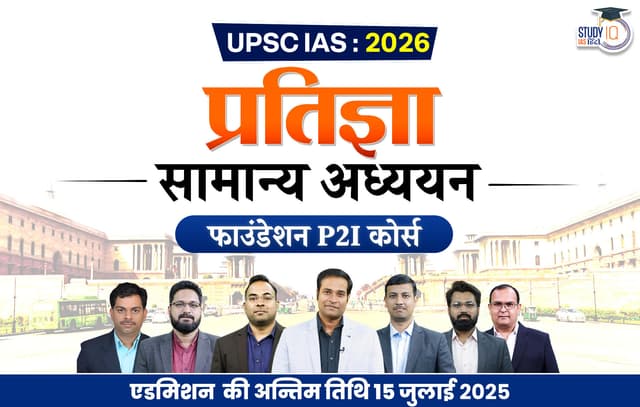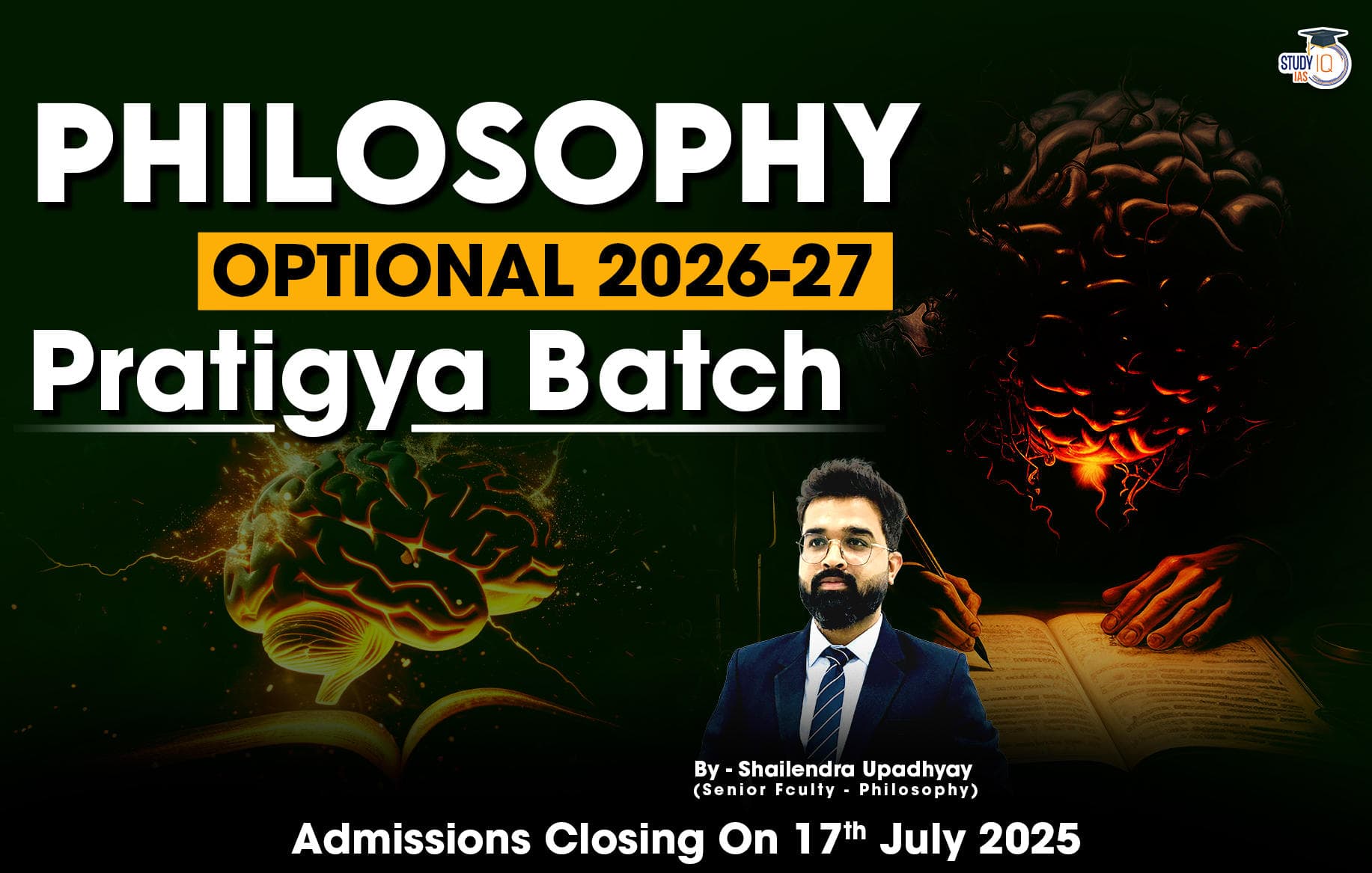Table of Contents
National Commission for Scheduled Tribes
The National Commission for Scheduled Tribes (NCST) was established under Article 338A of the Indian Constitution on February 19, 2004. It focuses specifically on the needs and rights of Scheduled Tribes, recognizing their distinct culture and traditions separate from Scheduled Castes.
| The NCST has been formed three times since its inception due to the 89th Amendment Act, 2003: |
|
Dr. Rameshwar Oraon is currently re-appointed as the Chairperson, with Shri Ravi Thakur as the Vice-Chairperson. There are currently two vacant member positions due to recent passings. The President of India has the authority to appoint members and determine their terms of service.
Definition of Scheduled Tribes:
According to Article 366(25) of the Constitution, Scheduled Tribes (STs) are communities listed under Article 342. This article states that STs are tribes or tribal communities, or parts of these groups, that the President has officially declared through a public notification. National Commission for Scheduled Tribes, which is covered in this article, is covered in the Indian Polity and Governance of UPSC Syllabus. Students can also go for UPSC Mock Test to get more accuracy in their preparations.
History of National Commission for Scheduled Tribes
The National Commission for Scheduled Tribes (NCST) is a constitutional body established under Article 338A, added by the 89th Constitution Amendment Act of 2003 on February 19, 2004. The NCST’s role is to ensure effective implementation of protections for Scheduled Tribes (STs) in the Constitution and other laws, safeguard their interests, and evaluate the effectiveness of these protections. It also contributes to developing policies and programs for STs, including the Tribal Sub-Plan.
National Commission for Scheduled Tribes Status in India
According to the 2011 Census, Scheduled Tribes make up 104 million people or 8.6% of India’s population. They are mainly found in forested and hilly areas.
Characteristics of these communities include:
- Primitive Traits: They have early cultural and social features.
- Geographical Isolation: Many live in remote areas.
- Distinct Culture: They have unique traditions and customs.
- Limited Interaction: They are often shy about engaging with the broader community.
- Economic Backwardness: Many face economic challenges.
To empower tribal communities, the government follows a three-part strategy focusing on social empowerment, economic upliftment, and social justice.
National Commission for Scheduled Tribes Composition
The Commission will have
- a Chairman,
- a Vice-Chairman, and
- any additional members that the President may by rule appoint.
The President appoints them by warrant bearing his signature and seal. The Chairman would be chosen from among prominent social and political figures from Scheduled Tribes who have earned the trust of the Scheduled tribes through their distinctive personalities and track record of selfless service. The Vice-Chairman and all other Members, at least two of whom must be selected among individuals from Scheduled Tribes. A minimum of one additional member must be chosen from among women.
National Commission for Scheduled Tribes Tenure
From the day they take office, the Chairman, Vice-Chairman, and other Members have a three-year term of office. The participants cannot be appointed for more than two periods.
National Commission for Scheduled Tribes Functions
The National Commission for Scheduled Tribes (NCST) has several important functions:
- The NCST assesses the social and economic development of Scheduled Tribes (STs).
- Similar to the National Commission for Scheduled Castes, it looks into complaints about violations of ST rights and checks how well constitutional safeguards are working.
- The Commission tracks the development status of STs at both national and state levels.
- It must carry out tasks as directed by the President of India.
- The NCST ensures that the rights of STs to natural resources are protected, especially for those displaced from their lands.
- The Commission works to prevent the loss of land for tribal groups and improve their living conditions.
- It encourages social afforestation and involves tribal communities in environmental efforts to replace harmful practices like shifting cultivation.
- The Commission ensures the provisions of the Panchayats (Extension to the Scheduled Areas) Act, 1996 are followed for the benefit of STs.
- After the Commission submits its reports, the President reviews them and sends them to state governments for further action.
Functions Mentioned by President
The implementation of measures will provide STs who reside in forested areas ownership rights over small forest products. To safeguard indigenous tribes’ rights to natural resources such as water and minerals, appropriate legal measures must be taken. It is necessary to take action to promote tribal development and the creation of more sustainable sources of income.
Its purpose is to improve the efficiency of relief and rehabilitation efforts for indigenous communities uprooted by construction projects. The eviction of indigenous people from their land must be stopped, and those who have already been removed must get proper rehabilitation.
In order to protect forests and carry out social afforestation, steps should be taken to elicit the most cooperation and participation from tribal people. The Panchayats (Extension to Scheduled Areas) Act of 1996 should be completely implemented, and measures should be taken to ensure this. The shifting cultivation used by tribal peoples, which contributes to their continuous disempowerment and the pollution of the land and environment, needs to be reduced and eventually eliminated.
National Commission for Scheduled Tribes: Power
The Commission has the power to control how its own process is run. The Commission has all the powers of a civil court trying a case while looking into a topic or complaint, especially in the following areas:
- Compel anyone to appear and be questioned under oath.
- Obtain testimony based on affidavits.
- Document discovery and production.
- Examine a subject under oath.
- Create commissions to examine documents and witnesses.
- Any issue that the President may decide by rule.
National Commission for Scheduled Tribes and Related Committee
A High-Level Committee was established by the Prime Minister’s Office in 2013 with Prof. Virginius Xaxa serving as its chairman. In May 2014, it turned in its report. The Committee’s goal is to assess the socioeconomic, educational, and health conditions of tribal communities and suggest appropriate interventions to enhance such conditions.
Committee Recommendations
Tribal people who have been uprooted by conflict in Chhattisgarh and the northeast should be rehabilitated by the state government. Numerous tribal people, both men and women, are held in prison for what are referred to as “Naxal infractions.” A judicial commission should be constituted to look into cases that have been filed against tribe members and anyone who support them. State governments need to invest more money in providing legal aid to tribal petitioners so that they can hire qualified attorneys to contest their petitions.
To evaluate the status of resettlement and rehabilitation (R&R) in major development projects over the past fifty years, it’s important to properly implement the Panchayats (Extension to Scheduled Areas) Act and encourage women’s participation in Forest Rights Act (FRA) processes. Tribal migrant families face exploitation due to the state’s failure to enforce the Inter-State Migrant Workmen Act of 1979, significantly affecting tribal women and children. There is a growing need for a comprehensive migrant rights law.
Incorporating indigenous culture, folklore, and history into school curriculums can help tribal children gain confidence and value education. Additionally, tribal communities need a specialized “Tribal Health Plan,” which should be an essential part of the Tribal Sub-Plan and the National Health Mission.
National Commission for Scheduled Tribes UPSC
The National Commission for Scheduled Tribes is established as a constitutional authority by Article 338-A of the Constitution. It keeps track of and evaluates the effectiveness of the protections provided to STs by the Constitution, any other current laws, or any other directives given to the government. One of the initiatives in this approach is the rearrangement of the duties of the National Commission for Scheduled Tribes. Students can read all the details related to UPSC by visiting the official website of StudyIQ UPSC Online Coaching.

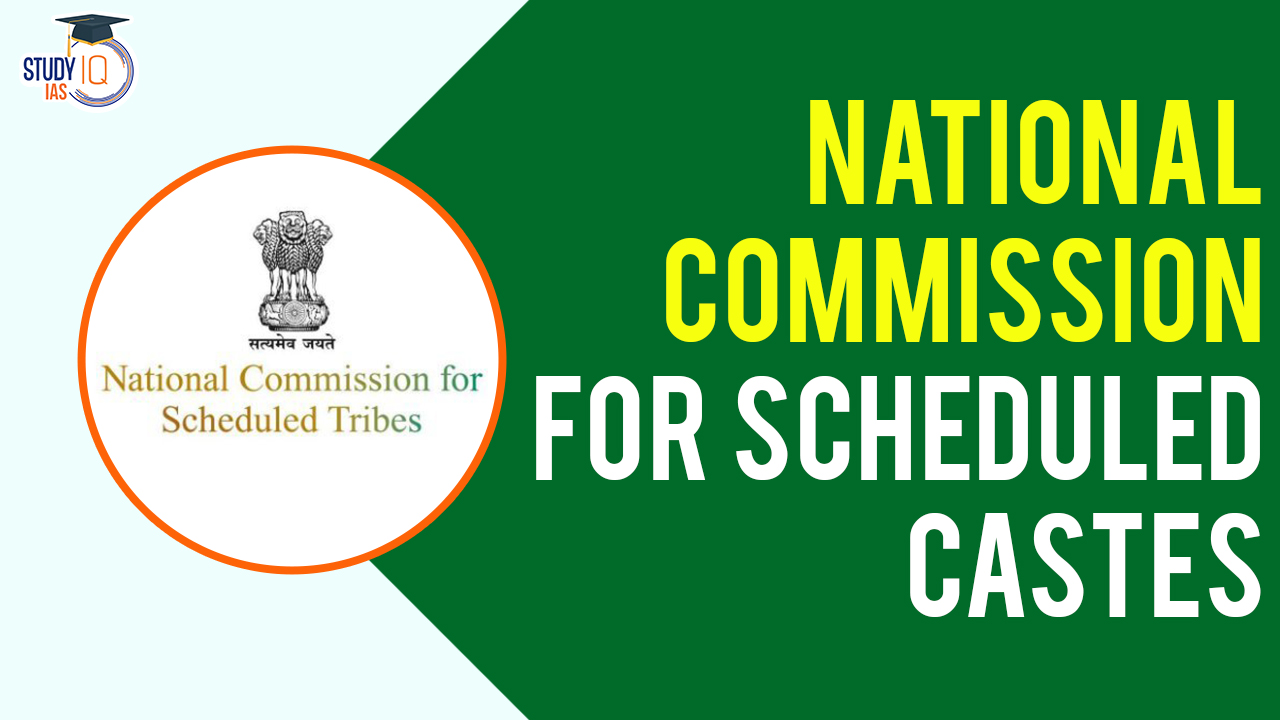
 Maharashtra Bill to Curb Urban Naxalism,...
Maharashtra Bill to Curb Urban Naxalism,...
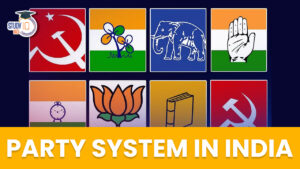 Party System in India, Feature, Importan...
Party System in India, Feature, Importan...
 Consolidated Fund of India, Meaning and ...
Consolidated Fund of India, Meaning and ...

